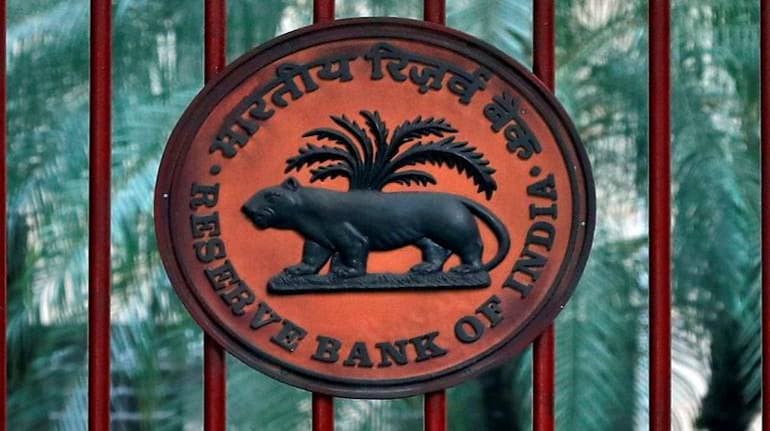



The investment fluctuation reserve (IFR) has helped banks to absorb the losses due to rise in government bonds yields in the first quarter of the financial year 2022-23 and resultant treasury losses of 4.9 percent of their operating profit, the Reserve Bank of India (RBI) said in it's financial stability report (FSR) on December 29.
IFR is created by transferring the gains realised on sale of investments during easing interest rate cycle, and acts as a shock absorber in a tightening phase.
"However, banks reported positive trading income to the tune of 2.1 percent of operating profit as G-sec yield plateaued in second quarter of financial year 2022-23," the report said.
FSR report is an RBI publication that offers insights into the health of Indian banking system.
During in the first quarter of current financial year, the yield on the benchmark bond has risen more than 50 basis points. This was because of aggressive rate hike by the the RBI to tame inflation.
The central bank has raised repo rate by 40 basis points (Bps) in May and 50 bps in June.
The central bank in April 2018 had revised IFR guidelines and advised banks to transfer net profit on sale of investment to the IFR, until it reaches at least 2 percent of the Held-for-Trading (HFT) and Available for Sale (AFS) portfolios and, where feasible, this should be achieved within a period of three years.
The banking system’s IFR reached 2.2 percent of HFT plus AFS portfolios in March 2022, report added.
Further, the effect of movement of yields differs from bank to bank depending on their use of risk management techniques to hedge interest rate risk in their
trading book through derivatives.
Banks’ net interest margins (NIMs) are also impacted by the slope11 of the yield curve - a steeper slope will mean a larger margin and higher profits for banks. The level and slope of yield curve affect the NIM and trading income in opposite directions.
Government securities (G-secs), including Treasury Bills (T-Bills) and State Development Loans (SDLs), amounted to about 81 per cent of the investment portfolio of scheduled commercial banks (SCBs) in September 2022 .
Historically, public sector banks (PSBs) have maintained higher investments in G-secs than private sector banks (PVBs).
Discover the latest Business News, Sensex, and Nifty updates. Obtain Personal Finance insights, tax queries, and expert opinions on Moneycontrol or download the Moneycontrol App to stay updated!
Find the best of Al News in one place, specially curated for you every weekend.
Stay on top of the latest tech trends and biggest startup news.